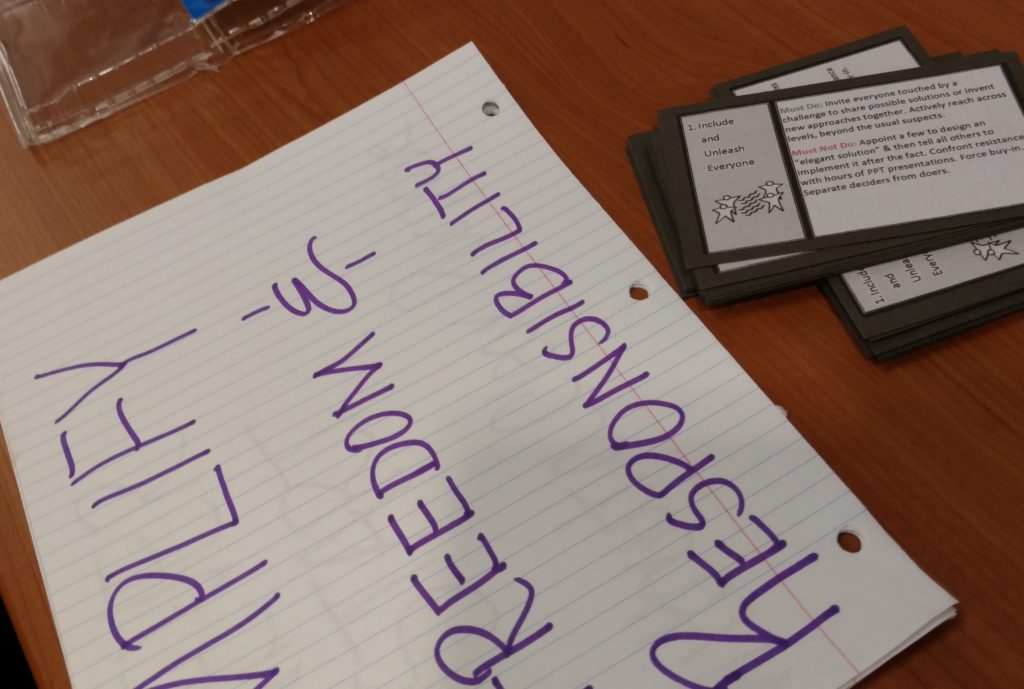I found a REALLY old one full of the hope and optimism of 2008. Leaving it as is, with just the addition of cheerful flowers. I want to feel optimism again!

I should be doing a hundred other things than blogging at 8:30 at night. No wonder I have weird dreams. But I really wanted to jump into the flow of posts and conversations about Massive, Open, Online Courses or MOOC’s.
I’m referring to Stephan Downes’ and George Siemen’s generous offering, “Connectivism and Connective Knowledge”, a twelve week, open offering they are getting ready to launch. No small feat. For anyone who has ever designed and offered an online collaborative learning event, it is a lot of work. An act of love. (Yes, Stephen, LOVE!) But what happens when 1200 people want to play? This reminds me of the lovely conundrum Leigh Blackall is in with 90 people signing up for his Facilitating Online Communities course. It is raising all kinds of fun questions about how to scale social learning.
So, can a ‘course’ scale to 1200 people as a social, connected learning event? What does that look like? How do we set our expectations? While Stephen and George are creating a course (see this page) I suspect that something wholely different will be experienced by many. It is a delicious set of possibilities and challenges. I’d like to question if it is even a ‘course’ in the way we have come to understand the word. Of course, with academic institution sponsorship, one can understand the name, but what I think this is is a Massive Online Learning Happening (MOLH!). Or a Massive Online Learn Fest (MOLF!). Or maybe a Massive Love-Learn-In. (MILLI!)
Seriously, this is networked learning. But what a great learning edge to find out what happens when you really OPEN the doors.
Thanks to Stephen and George’s course blog, we’ll have a line of sight in to the action, even if we aren’t able to jump into the actual event. (I confess, the thought of it alone kind of makes me tired!)
So here are my questions:
- How much will end up being about content delivery, how much about meaning making through individual reflection (especially evidenced in this case by blog posts) and how much will be socially constructed through interaction and meaning making between people (reading and commenting on other blogs, shared creation on the wiki and conversation in whatever conversation spaces crop up).
- What are the implications of such a large group and the large possibility that they will have wildly different experiences — will what they learn be wildly different? Does that matter?
- What are the implications of those paying for credit and support? How do they feel about “sharing” the course with 1000 other people?
- What is the impact on the learning facilitators? Will the size of the group push them back to the traditional role of information providers? Will they only interact with the paid participants? Will they get any sleep for 12 weeks????
- How does this compare/is this related to what we know about other types of online events?
Associations Should Consider the MOOC | Mission to Learn
I suspect I don’t really even need to spell out how the MOOC model could be of value in the association sector. Or for nonprofits hoping to engage a large group of stakeholders around a cause. Or for businesses seeking greater engagement with their customer base.
Just taking associations as the main example, imagine bringing together a significant slice of your audience online – member and non-member – over a period of days, weeks, or even months to engage on a topic that is central to their day-to-day work. Not just an online conference with a line up of presenters – plenty of that has already been done with widely mixed results. Rather, an event that is truly facilitated, in which key thought leaders help evoke shepherd audience input and participation, taking advantage of social media-driven Learning 2.0 approaches.
The potential seems tremendous. And not just for professional development or continuing education. I sincerely hope this idea will not be relegated to that. This is the stuff of missions.
Perhaps one of the most fascinating aspects of what Siemens and Downes are doing will not even be the course itself – though I have no doubt that will be incredibly valuable, and I plan to participate – but rather observing the thinking and processes by which the course comes about. Siemens and Downes have been documenting their efforts on the Connectivism and Connective Knowledge blog, and have also engaged in at least one podcast interview so far on EduTech Talk.


